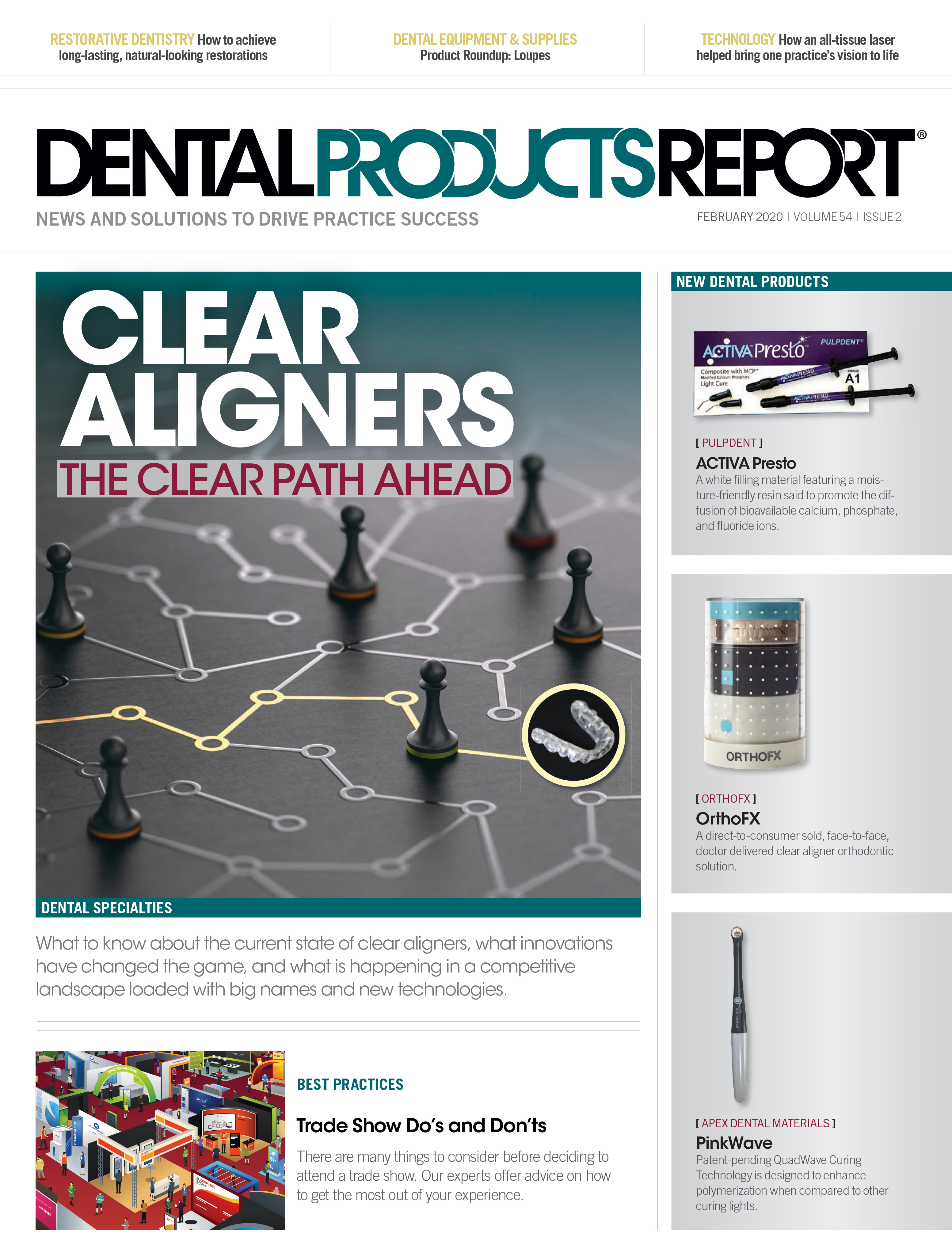Closer Look: Delivering bioactivity directly at the adhesive-tooth interface

Dr. John Kanca

When Dr. John Kanca began using bioactive materials in his practice, he noticed a shortcoming. A bonding agent was required to hold the material in place, but because that bonding agent wasn’t bioactive, it acted as a barrier to the regenerative benefits bioactivity provides. He wanted a solution that would allow the bioactive material to come in direct contact with the tooth, so he decided to create it.
“A bioactive adhesive was the one thing that didn’t exist,” Dr. Kanca says. “It’s something I wanted for me, your typical general dentist. Many of the products Apex makes were developed because I perceived a need for them.”
After about two years of development, the RE-GEN suite of bioactive materials was introduced at the Greater New York Dental Meeting in November 2019. The line also includes a pit & fissure sealant, a flowable composite and a bulk fill composite, and resin cement, but Dr. Kanca says the adhesive is really what makes this suite of products stand out.
“This gives clinicians the ability to incorporate bioactivity right into the adhesive-tooth interface, which helps with the longevity of these restorations. The material resists bacteria if not outright stops them, so it becomes kind of a caries-resistant zone as well,” he says. “The promise of bioactivity is the intraoral formation of hydroxyapatite where bioactive material is present. So, if there is any defect along the margins, there’s a very good possibility this can self-repair those defects.”
What makes RE-GEN different?
A bonding agent must be placed on the tooth surface before bioactive composite material can be delivered. This adhesive layer doesn’t just bond the composite to the tooth, it seals the tooth from all external elements. So, while this seal keeps bacteria out, it also blocks the ions released from the bioactive material, meaning those ions can’t do their job-which is to promote the regeneration of the tooth structure.
To fix this issue, bioactive materials were incorporated directly into the RE-GEN adhesive to enable ions to be delivered directly to the tooth to promote the regeneration of the tooth structure.
The benefits of a bioactive adhesive
Putting bioactive material directly in contact with the tooth will result in more durable restorations that stand the test of time, Dr. Kanca says, and may even make the area resistant to recurrent caries.
“The main patient benefit is the longevity of the restorations and comfort,” he says. “It also adds an extra layer of protection against lack of care.”
Dr. Kanca has used the suite of products in his practice for several months now and likes what he’s seeing. While he didn’t expect to notice drastic changes immediately, that will come with time, the results he’s been getting so far certainly have been promising.
“What we hope for this early is a lack of noticeable difference between what dentists were using before,” he says. “Over time, we would expect to see differences in performance, including the possibility of seeing self-repair of defects along margins, lack of staining, and, hopefully, less recurrent caries.”
A complete suite of materials
The bioactive materials feature Bioglass as an active ingredient, which is backed by more than 50 years of use in the medical industry. It’s proven to form a hydroxyapatite-like surface that promotes the regeneration of healthy tooth structure.
“The restorative pit & fissure sealant, dual-cure bulk fill, and flowable are meant to be used along with the bioactive adhesive,” Dr. Kanca says. “Having bioactive restorative materials that come in contact interproximally with an intact tooth enamel is a potential benefit and one more reason to use the rest of the suite.”
RE-GEN Bioactive Suite of Materials
The RE-GEN line of bioactive materials is comprised of a flowable composite, bulk fill, resin cement, pit & fissure sealant, and what is reportedly the world’s first Bioactive universal and self-etch adhesives. The blend of ingredients within the RE-GEN products were chosen to provide a restoration that is osteogenic, antimicrobial, biocompatible, and BPA free.
Apex Dental Materials
877-APEX123 | apexdentalmaterials.com
